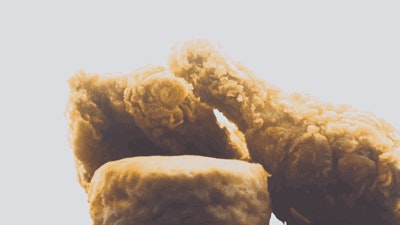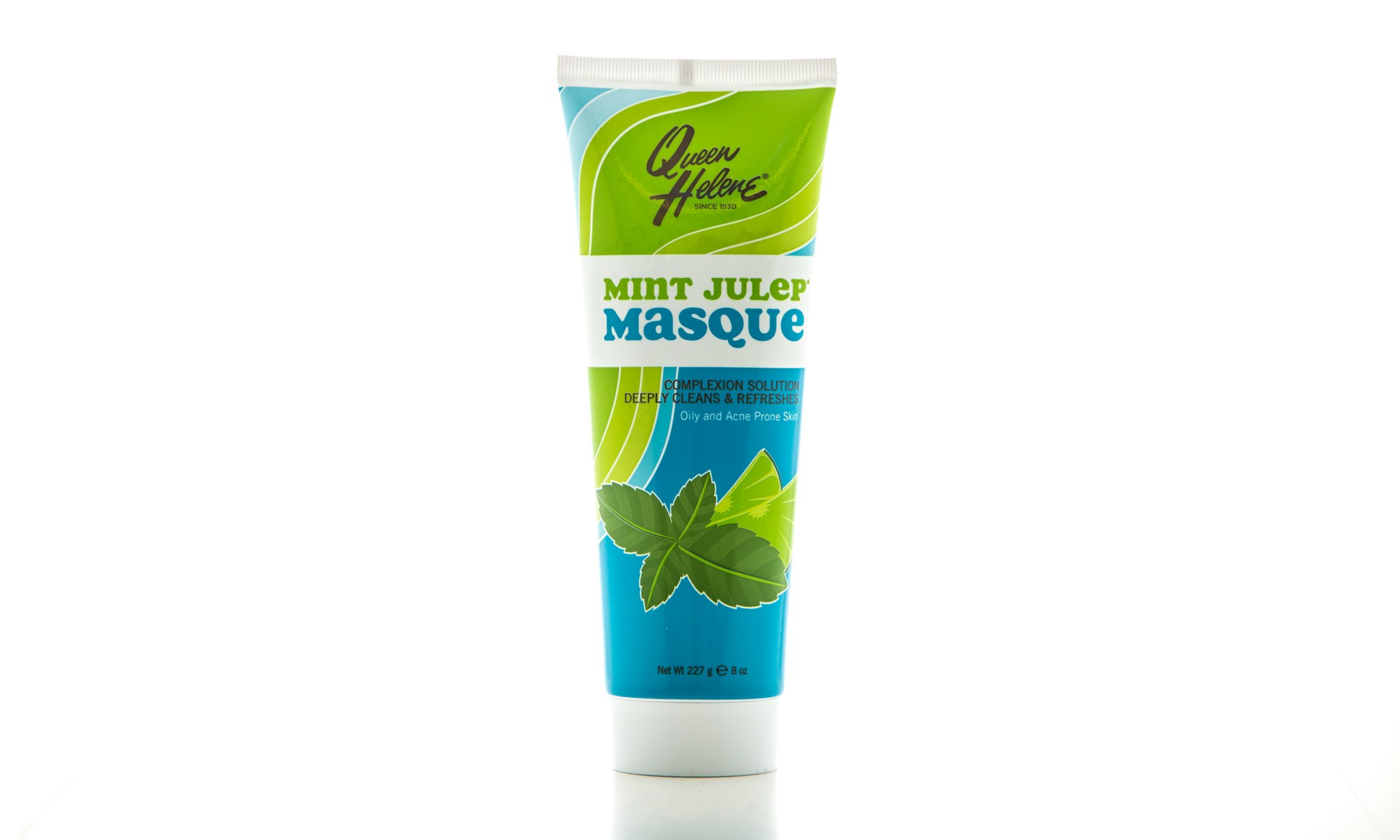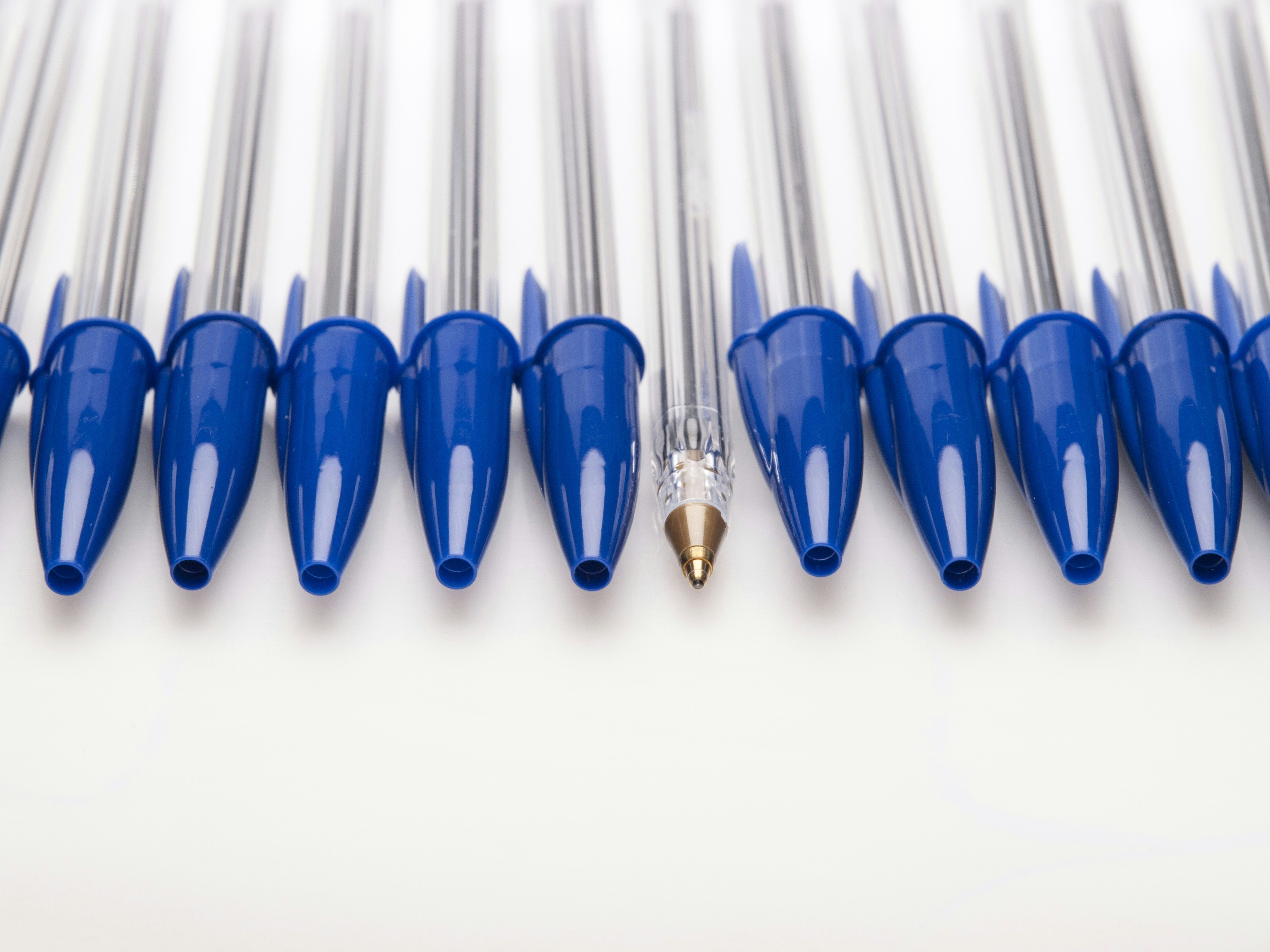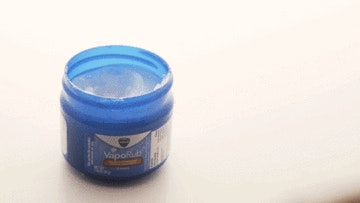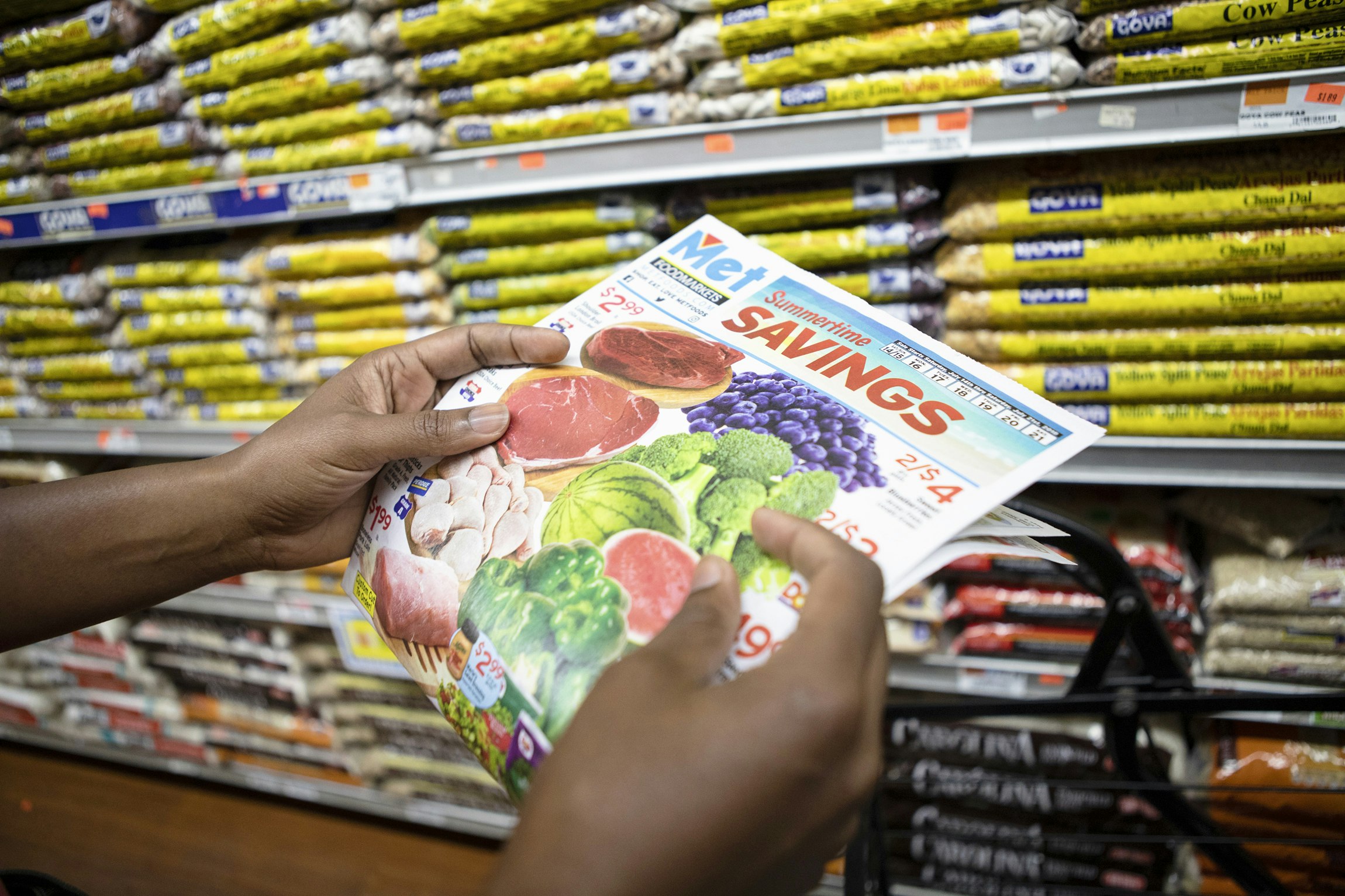My family is from Jamaica, and they are practical, strict, and preemptive people. Growing up in Queens, I was not to leave the house without wearing one or two scarves, a hat, and at least two shirts anytime the temperature dropped below 70 degrees. If I was not immobilized by a puffy jacket and layers of denim when it dipped below 50, I’d get that infamous (and debated) lecture about catching a cold. But even with all the well-intentioned preparation and care, I’d still occasionally get sick. And falling ill in a home of black or brown immigrants can set off a chain reaction of healing recipes, prayers, and quarantining — all attempts to cocoon you in remedies from a place that isn’t here.
There was always a large, clear bottle of Wray & Nephew overproof rum, tucked away in a dusty cabinet. It was used for actual consumption 30 percent of the time and otherwise as a panacea. If you were leaving the house in the rain, wearing your coat and your scarves, you’d dab it on your forehead to ward off colds. If you developed one in spite of that, you’d dab it on your forehead to help get rid of it. Consider the scene: scores of West Indian children in Southside Jamaica, Queens, going to school smelling slightly of rum and plastic-covered upholstery.
Then there was ginger, a more palpable curative. Flakes of its root were often wedged in the crevices of our kitchen tiles, and pieces lingered on tabletops and in small burlap bags by the stove. Once I was relegated to bed on a sick day, my grandmother would have a pot of warm water mixed with ginger and peppermint leaves ready for me to drink. The sweet smell traveled through the house: If I got up to use the bathroom, the healing followed.
But as she or my mom sat by my side during the worst hours of a cold, or the flu, or some nondescript illness, I knew one more step was coming before I drifted to sleep: Vicks VapoRub, the gold standard of healing salves.
What is it?
For the unindoctrinated, Vicks VapoRub is a smoke-colored cream with the viscosity of Vaseline that emanates an icy vapor. According to its website, the Vicks name goes back to the 1890s and a series of products sold by North Carolina pharmacist Lunsford Richardson — among them a home remedy for colds. Here’s how it works: You rub Vicks on your chest and neck before sleeping, and it helps suppress coughing, clears nasal congestion, soothes muscles, and acts as a painkiller.
The ubiquity of Vicks (and some misleading ads and hearsay) has also led to other theories about its uses, including claims that rubbing it on your child’s feet will cure head colds, applying it to toenails can stop fungus, and massaging it on your skin can get rid of stretch marks. Vicks’ current guidance in response to those theories is to advise customers to only use the product as directed and intended.
Why is it the Gold Standard?
Salves, ointments, and treatments in a family like mine are precious, and each bottle of an unnamed concoction comes with a certain pride. They’re rarely over-the-counter drugs, and they trace back through generations of aunties, cousins, and mothers teaching their kids what it meant to take care of their own. Bissy root for stomach aches. Honey and lemon for sore throats. Extract from an aloe vera plant for wounds. “These are things that are passed down from generation to generation,” my grandma told me over WhatsApp from Jamaica recently.
The impetus to heal in many immigrant families comes not just from necessity or practicality, but from a unique, generational love of tradition. So a product like Vicks — a known, packaged brand with a globally recognized name — making its way into my family’s bathroom cabinets as a mainstay means it’s pretty damn good. And it's stuck with me. Just a few weeks ago, when I got my worst cold of the winter, it was one of the first things I bought. However, Vicks is as much important to me and so many others for its effectiveness (it is undoubtedly great) as it is for the memories and associations it jolts with its scent alone.
She’d hum a church hymn and whisper a prayer for me as I dipped away into myself.
When I use it, I think about growing up in Springfield Gardens, a Queens neighborhood sandwiched between the Belt Parkway and John F. Kennedy Airport. I lived with my mom, grandparents, and great-grandmother in a small yellow-paneled house with creaky floors and stairs. I remember the predictable squeaks of those wooden panels as my grandma would ease over to my room with some magical brew. I feel the smoothness of her hands, those of a trained nurse, and her Patois accent telling me to “rest up, ah-right?” as she’d apply Vicks to the base of my neck. She’d hum a church hymn and whisper a prayer for me as I dipped away into myself.
These are the moments that make treatments memorable, beyond the product and deeper than the brand. It’s knowing that no matter the ingredient, there’s a history to every method. My mom tells me she uses it because grandma did. Grandma tells me she uses it because great-grandma did, and their endorsements carry more weight than any advertisement or online review. Being sick brings me into close proximity with my heritage, not just through the treatments we called our own but through the ones we allowed into our orbit. The beauty of lineage is revealed through traditions like these, and in the ways we — in defiance of the world — keep ourselves healthy and alive, then pass it on.


